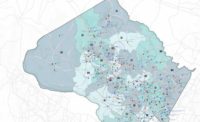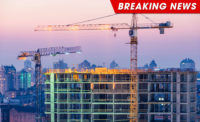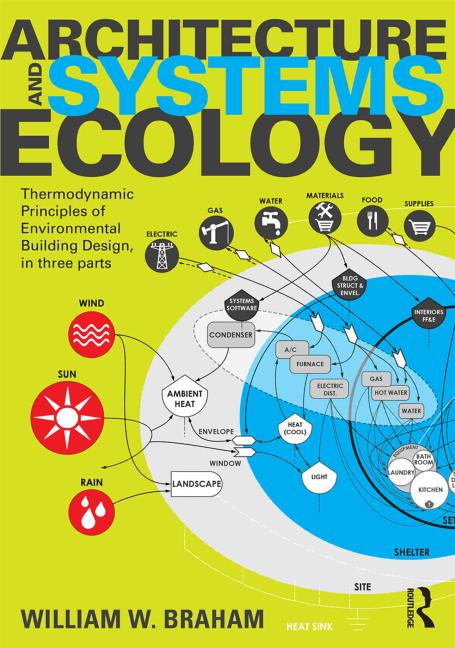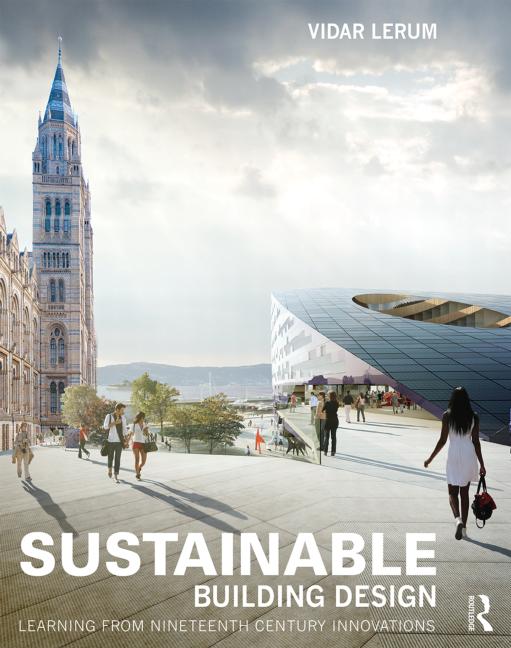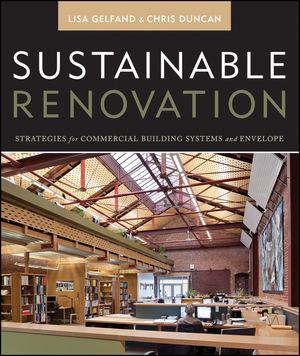NCARB Presents Hip Hop Architecture Camp in Washington, D.C.

Only 2 percent of architects in the United States are African American, according to the National Council of Architectural Registration Boards (NCARB), indicating little growth among this demographic. But the Hip Hop Architecture Camp—an educational program by Michael Ford—aims to shift this imbalance by introducing underrepresented youth to architecture and urban design through the lens of hip-hop culture.
In late-February, NCARB hosted a free camp for middle school students in Washington, D.C., and invited local architects and designers to serve as mentors. To kick off the week-long program, students transformed hip-hop lyrics into three-dimensional cityscapes using craft supplies. One student based their model on Grandmaster Flash and the Furious Five’s 1982 single, “The Message,” which captures how the built environment impacts urban communities: The places you play and where you stay/Looks like one great big alleyway.
After putting the finishing touches on their models, students designed 3D facades using Tinkercad, a free design app by Autodesk. Camp participants also got a behind-the-scenes tour of the National Building Museum’s Evicted Exhibition, which explores the causes and impacts of housing instability, as well as how designers and local governments can help tackle the issue. Together, these unique experiences encouraged students to re-examine definitions of home and think creatively about how they can spark change in their own communities.
“NCARB’s mission is to protect the public through the regulation of architecture,” said NCARB CEO Michael Armstrong. “Improving diversity in any context starts with engaging people who represent a similar demographic. Doing this within the licensed professional community can be enhanced by stimulating future professionals to see architecture as a welcoming and viable career. This exposure helps fulfill this goal by ensuring architects better represent and understand the needs of the communities they serve.”
Toward the end of the program, each student wrote a rap verse about their designs, community, and how they hope to build up the profession. NCARB’s data regarding the lack of diversity in architecture inspired the track’s hook: Build it up/ 2 percent.
“We all have a voice that deserves to be heard and respected,” said architect April Drake, AIA, NCARB, LEED AP ID+C, who volunteered for the camp and serves on NCARB’s Examination Committee. “It is that diversity of thought, experience, passion, and interest that will create better design.”
The DC Hip Hop Architecture Camp was sponsored by NCARB and Autodesk, with generous support from the National Building Museum.
“Kicking off the 2019 Hip Hop Architecture Camp programming in Washington, D.C., during Black History Month gave our participants a chance to not only interact with black architects and designers, but an opportunity to visit iconic, culturally relevant spaces,” said Ford.
To learn more about NCARB’s diversity data and outreach to students, visit www.ncarb.org.
Looking for a reprint of this article?
From high-res PDFs to custom plaques, order your copy today!



